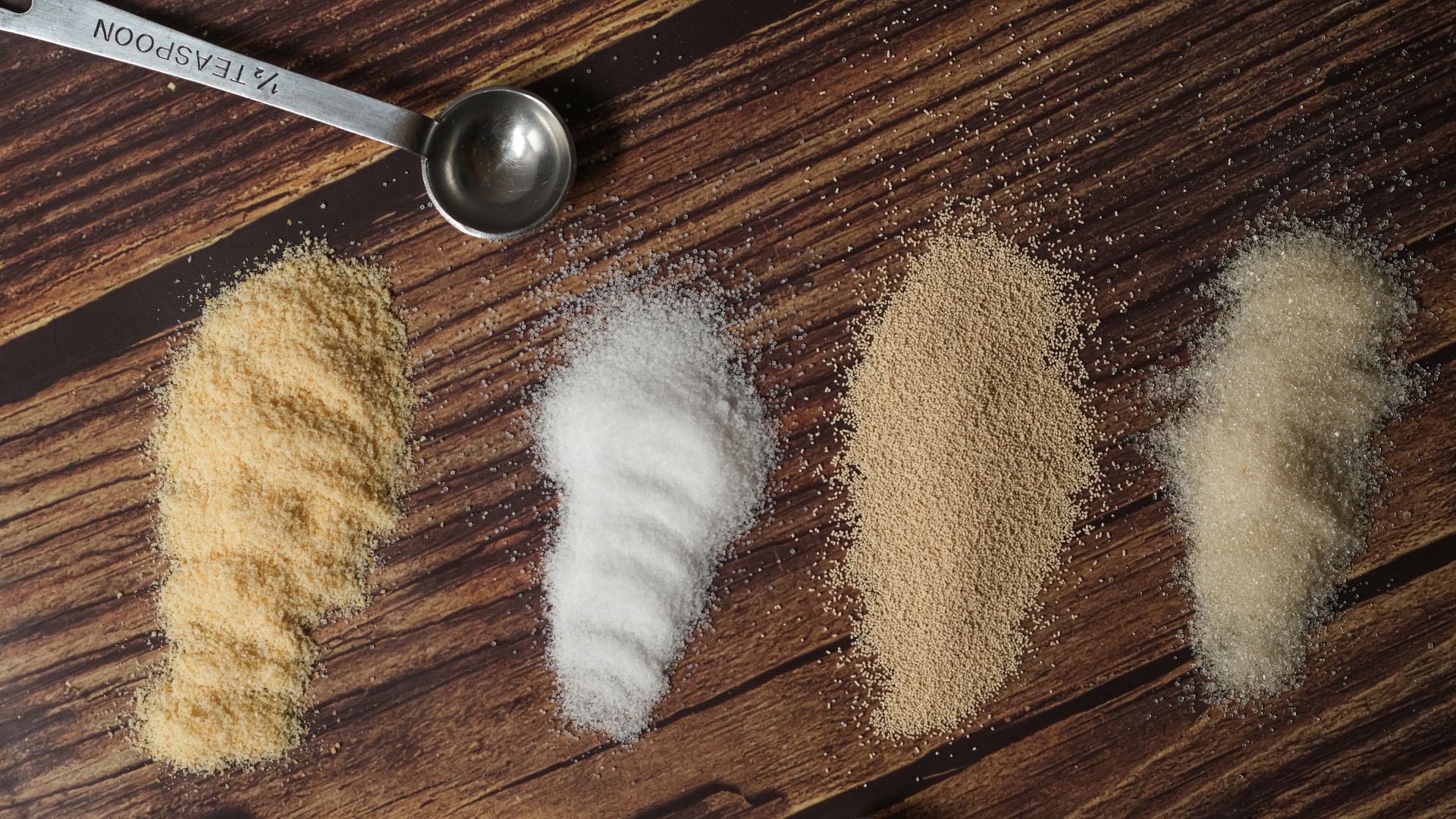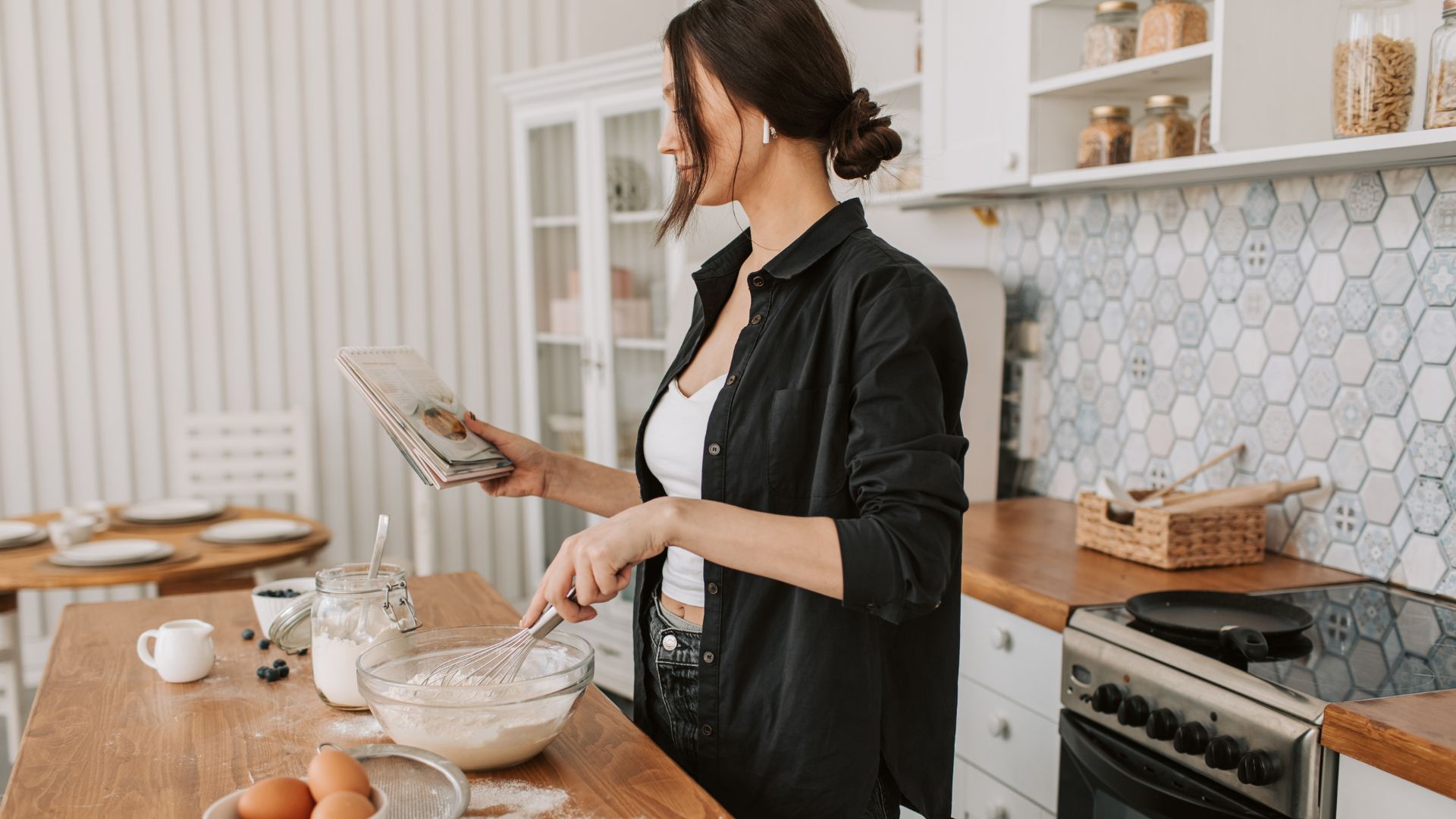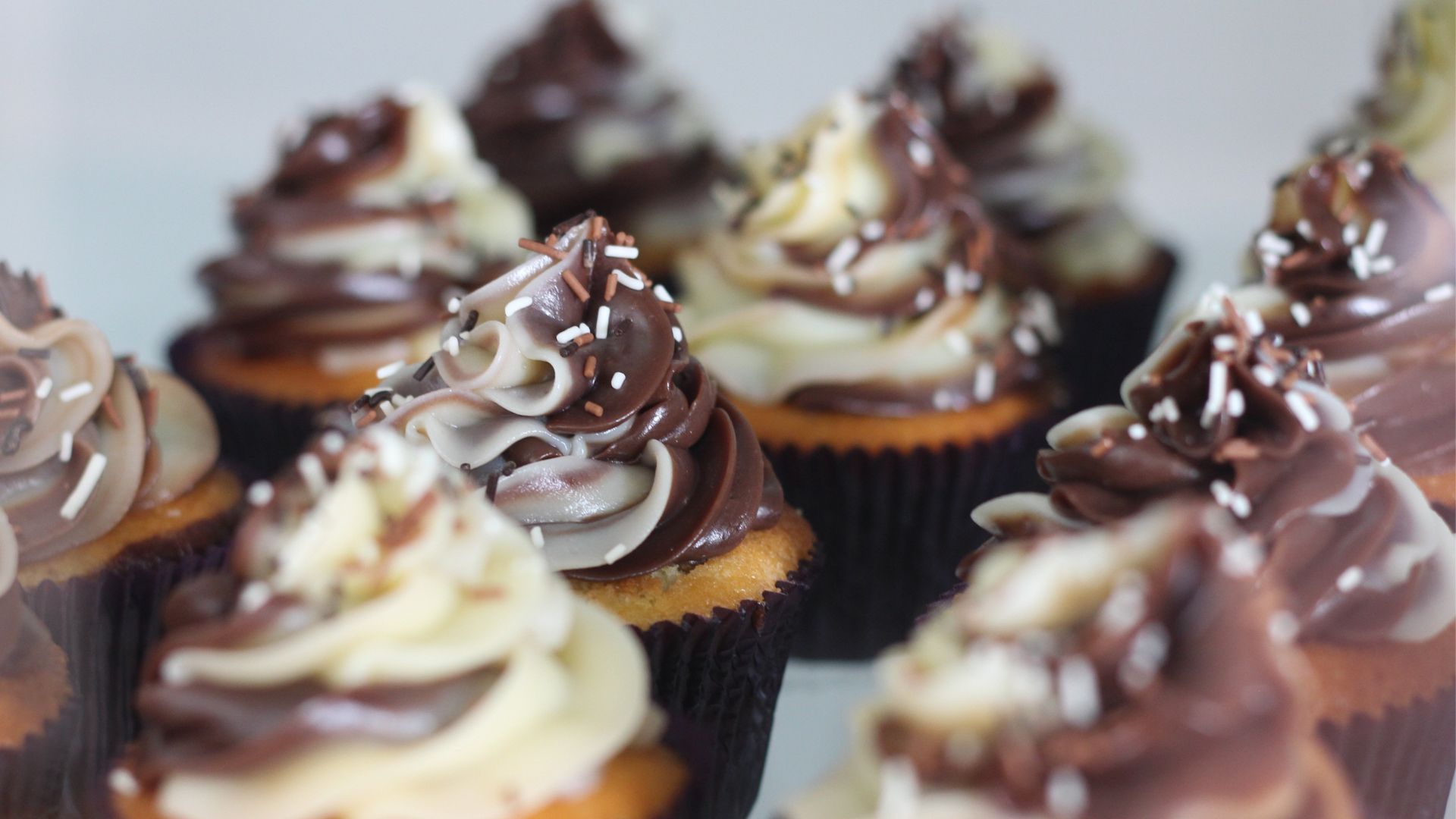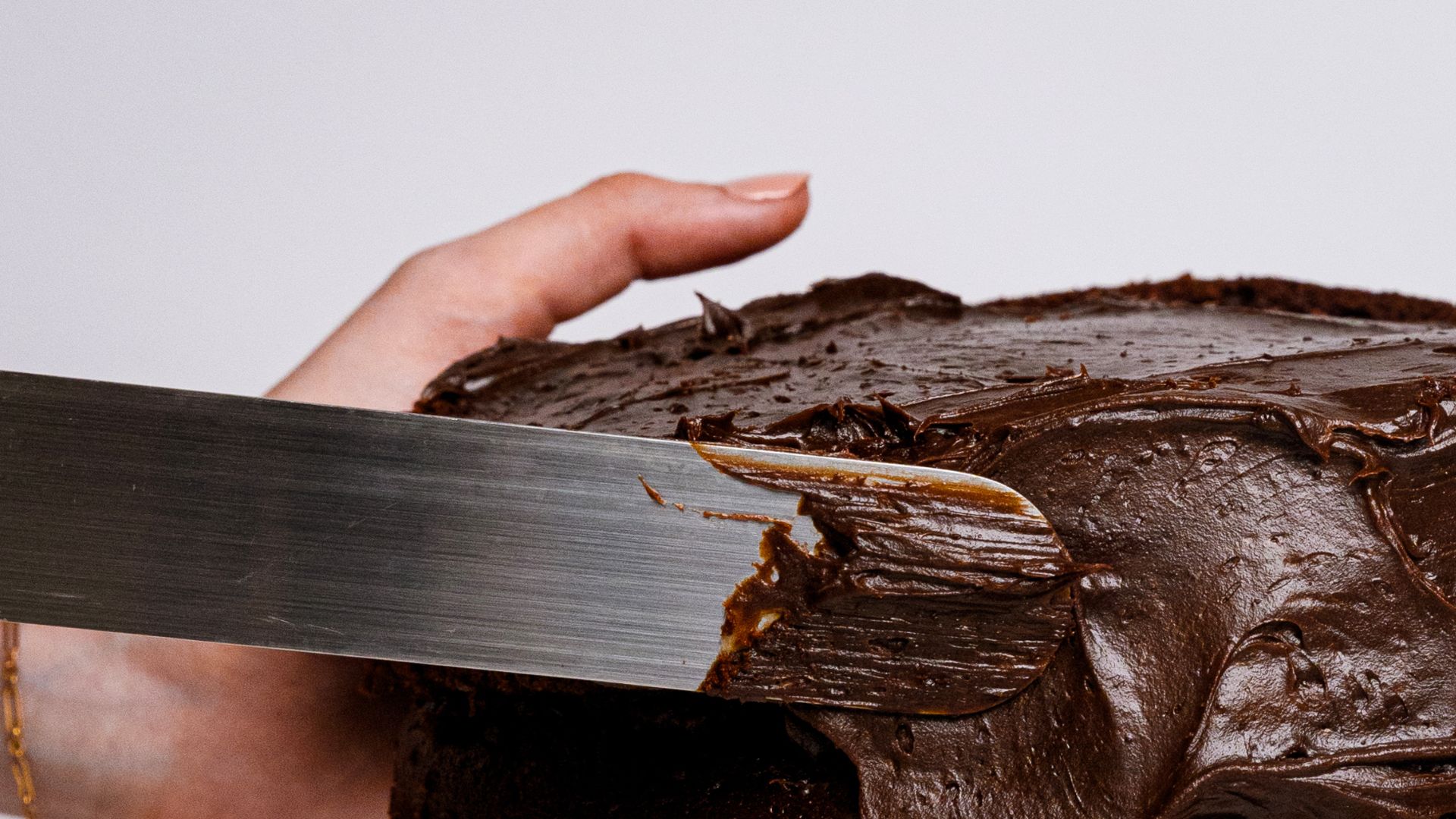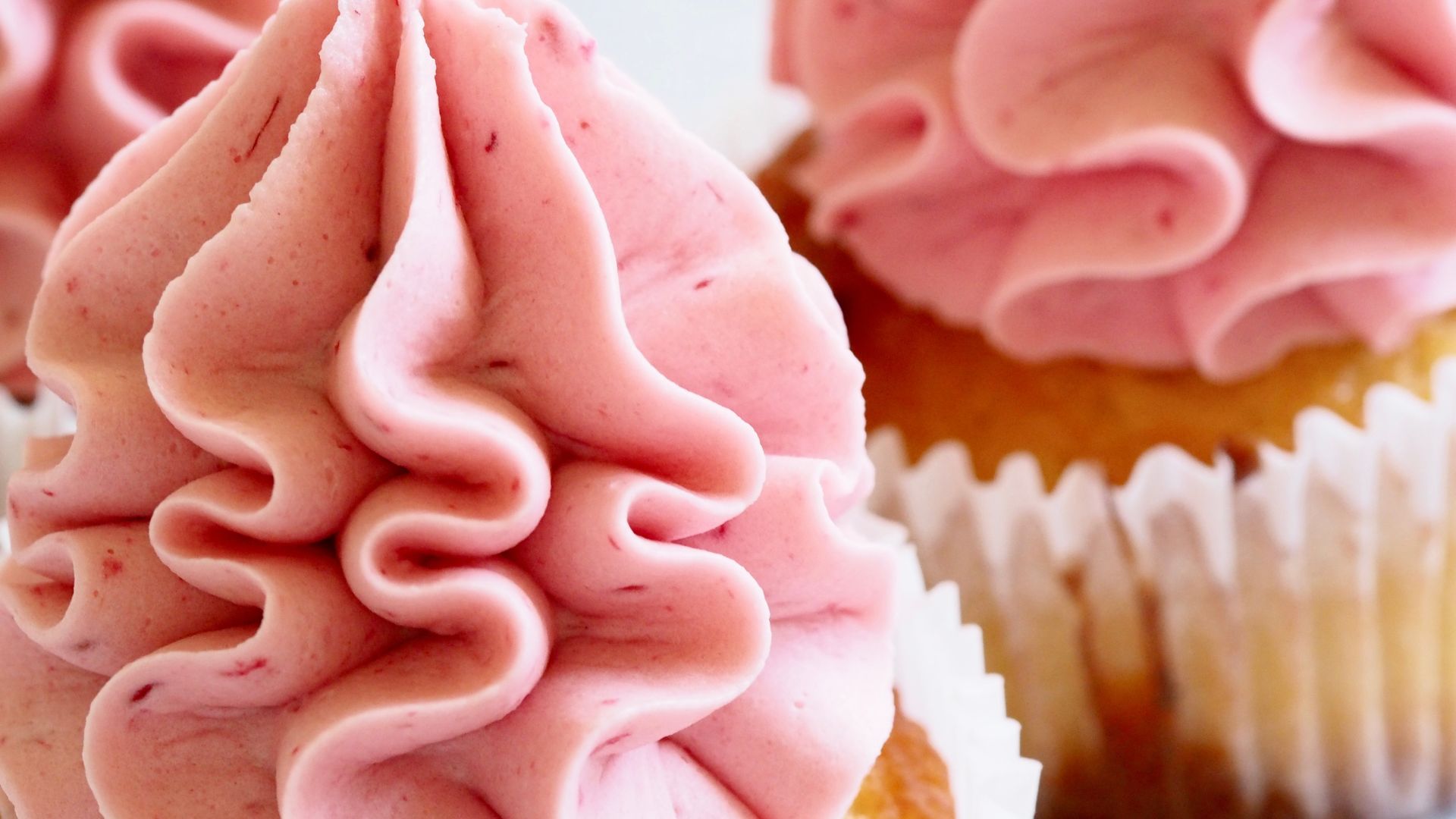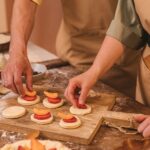Baking is both a science and an art – and like any art, it comes with its fair share of potential pitfalls. Even the most experienced bakers have faced their fair share of mistakes, but the key to success is learning from them and knowing how to fix them along the way. Whether you’re making your first loaf of bread or whipping up a batch of cupcakes, mistakes can happen, but don’t worry – there’s almost always a way to rescue the situation.
In this article, we’ll walk you through some of the most common baking mistakes and provide practical tips on how to avoid them (and fix them when they do happen!):
- Why it’s important to learn from baking mistakes
- Overmixing dough or batter
- Incorrect oven temperature
- Under or overbaking
- Not following the recipe
- Fixing common baking mistakes
- Practice makes perfect: Be brave enough to make mistakes
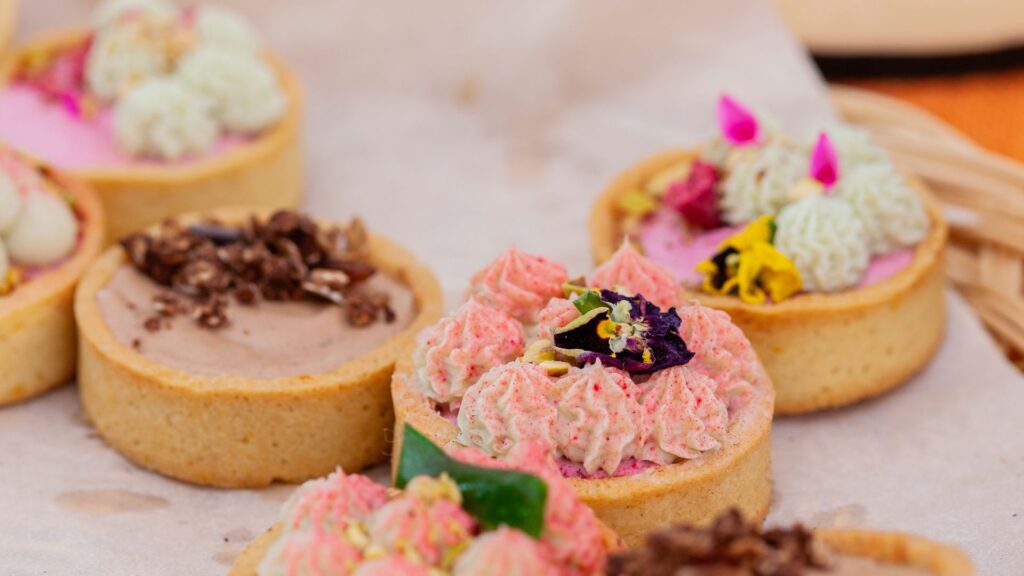
Why it’s important to learn from baking mistakes
Everyone makes mistakes in the kitchen, especially when you’re trying out a new recipe or technique. Baking, in particular, can be tricky, as it relies on precision and attention to detail. But every mistake is an opportunity to learn and improve. Whether you’ve made a dry cake or an undercooked pie, learning why it happened and how to avoid it next time will help you become a more confident and capable baker. Let’s look at some of the most common mistakes and how to get them right.
Overmixing dough or batter
One of the most common mistakes bakers make is overmixing the dough or batter. It might seem like the more you mix, the better your final product will be, but this isn’t the case. Overmixing can result in dense, tough baked goods, which is the last thing you want in a delicate cake or pastry.
Why it happens: When you overmix, you activate the gluten in flour too much. Gluten is responsible for the structure and elasticity of dough, but in excess, it can create a chewy texture – perfect for bread, but not so great for light, fluffy cakes or cookies.
How to fix it: When making cakes or cookies, mix the ingredients until just combined. If your recipe calls for dry ingredients to be sifted, sift them separately before adding them to the wet ingredients. Use a gentle folding motion to combine wet and dry ingredients, and stop mixing as soon as the batter is smooth. For bread, knead the dough until it’s smooth but not overly elastic.
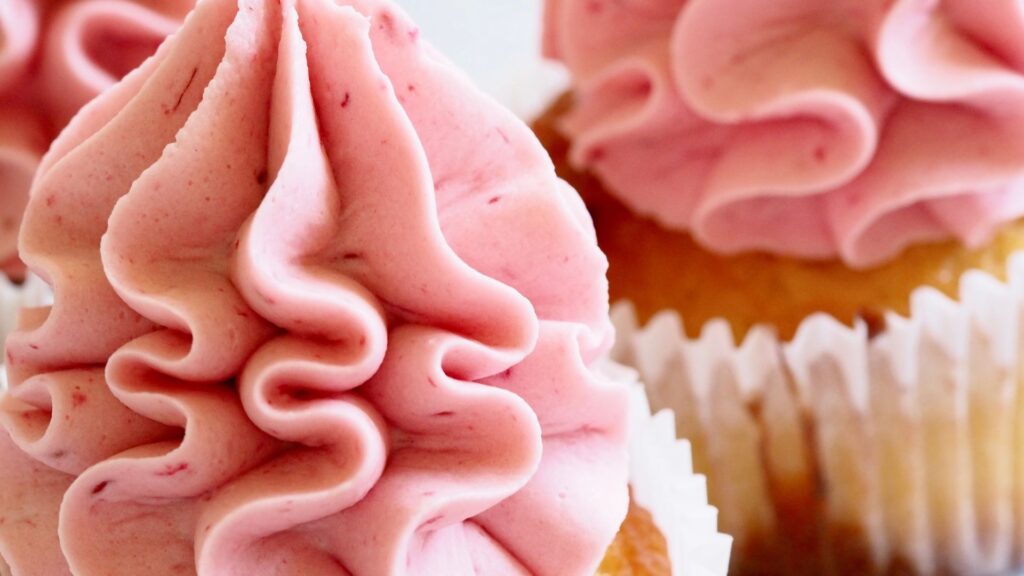
Incorrect oven temperature
An oven that’s too hot or too cool can mess with your baking results. Many bakers have experienced the frustration of cakes that rise too quickly and burn on top or cookies that spread too much and turn out flat. This is often a result of an incorrect oven temperature.
Why it happens: Ovens can be tricky, and not all of them are calibrated correctly. Even if your oven’s dial says it’s set to the correct temperature, it might not be accurate. An oven that’s too hot can cause the outside of your bakes to cook too quickly, leaving the inside raw, while an oven that’s too cool can result in baked goods that don’t rise properly or lack that golden colour.
How to fix it: Invest in an oven thermometer to check your oven’s actual temperature. Place the thermometer in the centre of the oven, preheat it, and compare the reading to the temperature setting. If your oven runs hot or cold, you can adjust your cooking time slightly, but over time, it’s worth getting the oven professionally calibrated if possible. Also, avoid opening the oven door too often, as this lets heat escape and can cause uneven baking.
💡Pro Tip: Don’t be afraid to make mistakes in baking – they’re part of the learning process. If something goes wrong, take note of what happened and adjust next time. Often, small tweaks in ingredients, timing, or technique can turn a mistake into a new opportunity for improvement. Keep experimenting, and remember, every bake is a chance to get better!
Under or overbaking
One of the trickiest parts of baking is knowing when your treat is perfectly done. Too much time in the oven can result in dry, crumbly cakes, while too little time can leave you with raw batter in the centre. So how can you tell when your baked goods are done?
Why it happens: It’s easy to either get distracted or be too cautious and not give your baking enough time to cook. Different ovens, pan sizes, and even the type of bake can all affect the baking time.
How to fix it: A good rule of thumb is to follow the baking time in the recipe but use it as a guideline rather than a hard-and-fast rule. To check for doneness, use a toothpick or cake tester. Insert it into the centre of your cake, muffin, or bread – if it comes out clean or with just a few crumbs, it’s done. For cookies, they should be lightly golden around the edges. For bread, tap the bottom of the loaf – if it sounds hollow, it’s ready. Always remember that some baked goods, like cakes, continue cooking in the pan after being removed from the oven, so be cautious not to overbake them.
“Every baking mistake is a lesson in disguise – it’s not about getting it perfect, but learning how to make it better the next time.”
Not following the recipe
Baking is a precise science, and getting the measurements and ingredients right is essential. One of the biggest mistakes beginner bakers make is not following the recipe properly – whether it’s not measuring ingredients correctly, missing a step, or trying to substitute ingredients without understanding how it will affect the final product.
Why it happens: Baking often requires specific proportions of ingredients, and one small substitution or omission can throw off the whole balance. Unlike cooking, where you can add a little extra seasoning or improvise, baking demands accuracy for the best results.
How to fix it: Always read the recipe thoroughly before you start baking. Measure ingredients carefully with the proper tools (for instance, use a kitchen scale for accuracy when measuring flour and sugar). If you need to make substitutions (for example, for dietary reasons), ensure you understand how the new ingredient will affect the final texture and flavour. For instance, using almond flour instead of regular flour will change the texture of your cake, so be sure to adjust the amount of liquid or fat to account for the difference.
Fixing common baking mistakes
Even if things don’t go according to plan, most baking mistakes can be fixed with a little creativity. Here are some quick fixes for common issues:
Dough too sticky: If your dough is too sticky to work with, add a little more flour, one tablespoon at a time, until it’s easier to handle. Be careful not to add too much, or your baked goods will become dense.
Dry cupcakes or cake: If your cake or cupcakes turn out dry, try adding a bit more moisture next time, such as an extra egg or a spoonful of yogurt. If you’re in a pinch, brush the dry cake with simple syrup (a mix of sugar and water) to add moisture.
Flat cookies: If your cookies are too flat, it could be due to the dough being too warm or too much liquid in the recipe. Chill the dough for at least 30 minutes before baking, and make sure to measure your ingredients properly.
Underbaked bread: If your bread isn’t fully baked inside, you can return it to the oven and cover it with foil to prevent the top from burning while the inside continues to cook. Always check the internal temperature of the bread with a thermometer; it should reach around 90°C (190°F) when done.
Practice makes perfect: Be brave enough to make mistakes
Baking is all about learning from mistakes and perfecting your technique. By understanding the common mistakes – like overmixing, incorrect oven temperatures, and underbaking – and knowing how to fix them, you can become a more confident and skilled baker. Remember, even professional bakers make mistakes, but the key is to keep experimenting, learn from each bake, and don’t be afraid to try again.
Let’s summarize our tips real quick:
- Overmixing activates too much gluten, leading to dense, tough results. Mix gently and stop once ingredients are just combined.
- Ensure your oven is properly calibrated with an oven thermometer to prevent under or overbaking. Don’t open the oven door too often, as this lets heat escape.
- Use the toothpick test for cakes and muffins, check cookies when golden at the edges, and tap bread for a hollow sound to avoid under or overbaking.
- Baking requires accuracy. Measure ingredients carefully, follow each step, and understand ingredient substitutions to avoid errors.
With these tips, you’ll be baking up treats that are sure to impress every time!


